Car Radio Stuff
Delco came out with the WonderBar signal seeking car radio. All you had to do was press a button, and the radio would tune and stop at the next station. It used a spring motor to move the tuning slugs, and when it got to the top of the dial, a huge electromagnet would pull it back down. A detector circuit would sense the presence of a signal, and a relay would drop out. The relay had a mechanical pawl which would stop the gear train, and the radio would be tuned to whatever station was next on
the dial.
This footswitch was mounted on the floor next to the dimmer switch (remember when they were floor mounted?) so you could tune the radio with your foot.
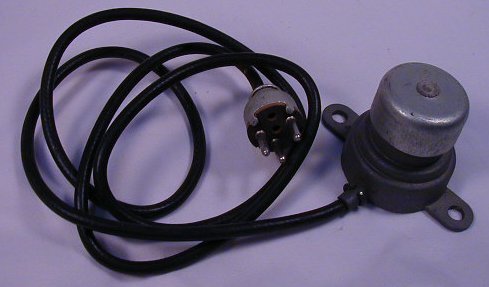
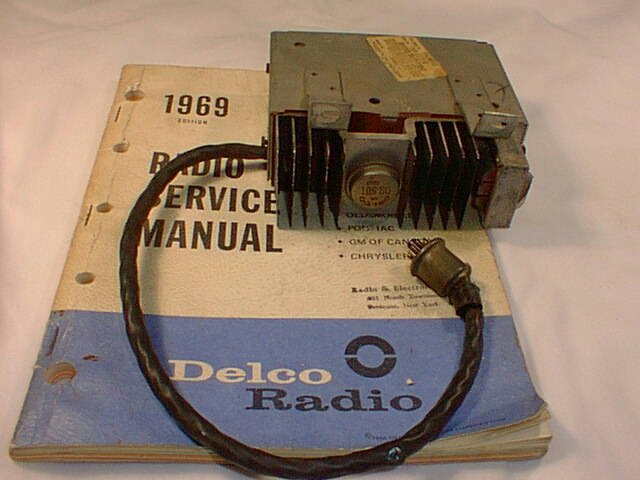
In 1969, FM stereo was another option in car radios. The multiplex circuitry was in a separate box.
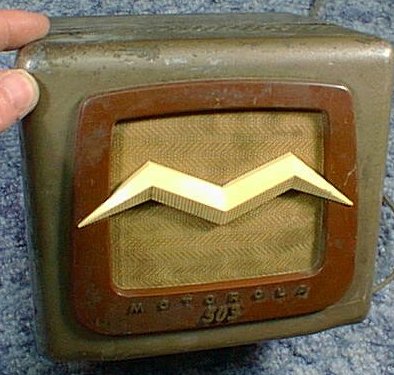
This Motorola 503 used a vibrator and 6 volt miniature tubes.
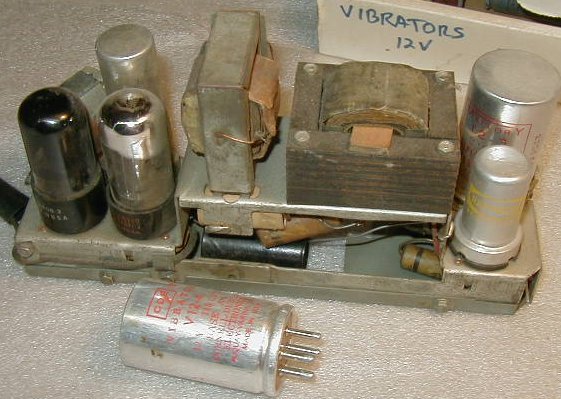
This is a power supply and push-pull amplifier from an old car radio. It used a vibrator B+ supply with an 0Z4 rectifier, and two 12V6 tubes. The phase inversion was done with a transformer.
One of the primary rules of working on vibrator supplies is that you must replace the buffer capacitor. This is the cap which goes across the HV secondary of the transformer. It's there to smooth out the waveform, but if it shorts it usually destroys the transformer and the vibrator.
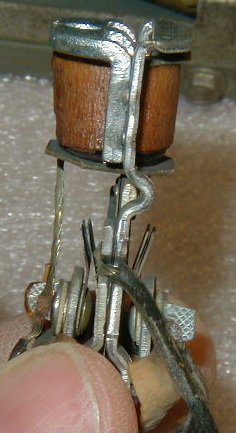
Here's what the inside of a vibrator looks like. It's just a buzzer with extra contacts. The center tap of the transformer primary is wired to the battery, and the outer leads go to the stationary contacts of the vibrator. The ground contact vibrates back and forth, alternately grounding the outer leads of the primary, causing AC to flow through it. The rectifier changes it back into DC.
There have also been synchronous vibrators. They have an extra set of contacts which mechanically select alternate sides of the secondary, producing DC after it's filtered.
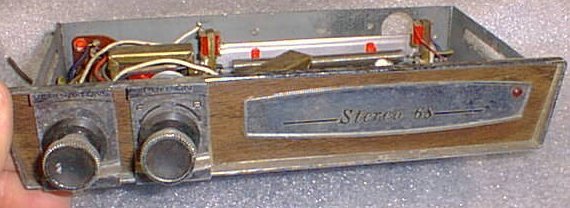
Before most people could afford true stereo radios or tape players, they had reverb units. It was a spring unit which connected to the radio speaker leads. The sending coil caused the spring to vibrate to the music. The vibrations would reflect back and forth along the spring, where it was picked up with another coil, then it was amplified and sent to another speaker.
They didn't sound too awful bad at lower settings, but if they were set too high, it sounded like you were in a huge garbage can.
Someone also made a color organ which goes under the dashboard, but I think most people were too smart to buy it.
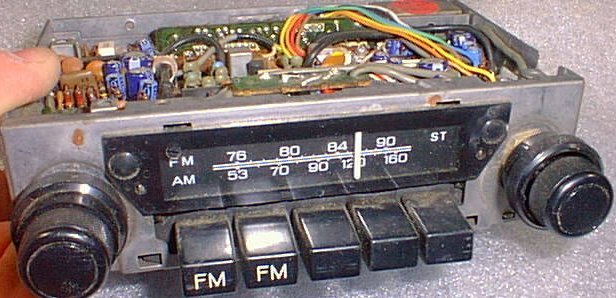
This is a standard FM radio which covers the regular FM broadcast band of 76 to 90 Mhz.
If you live in Japan, that is.
Museum page







